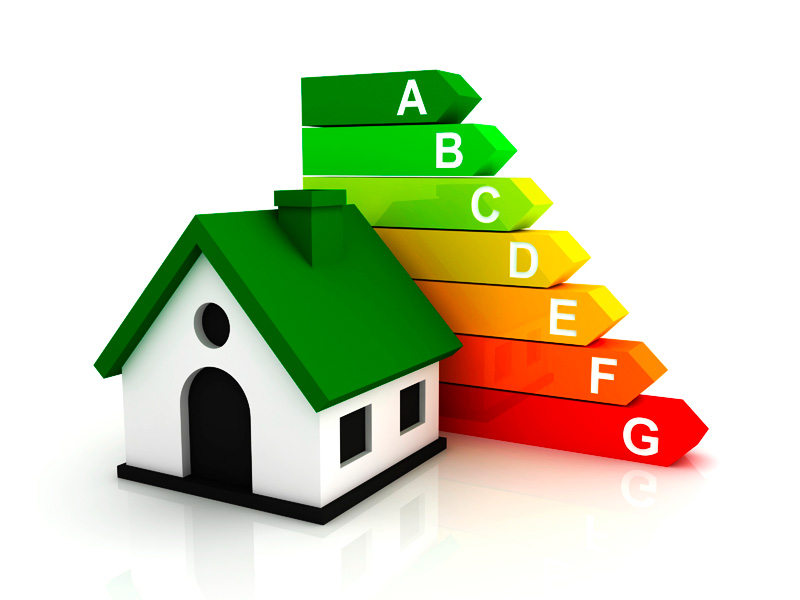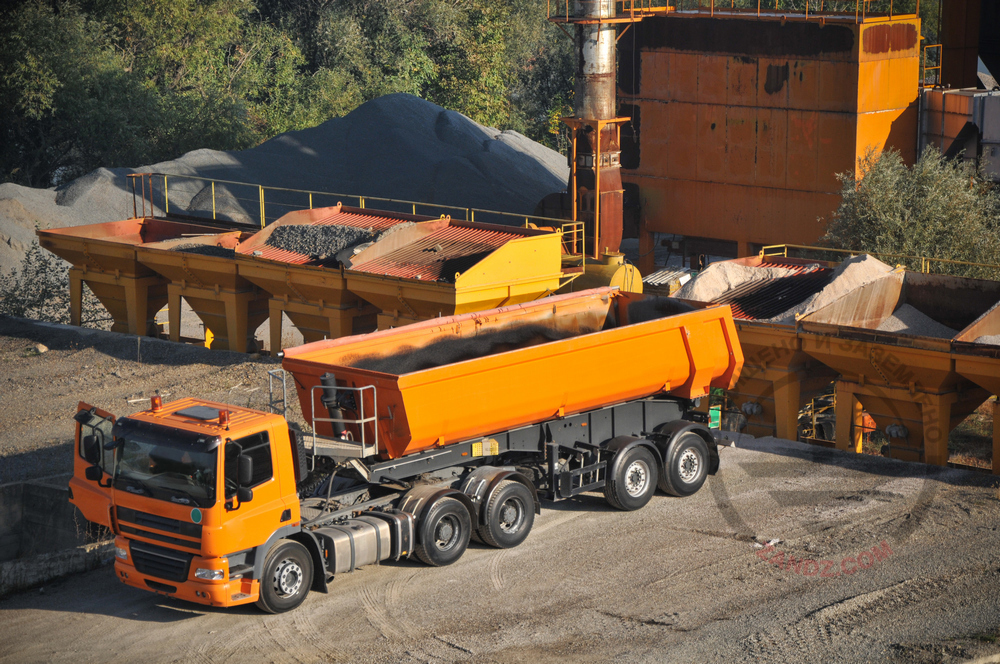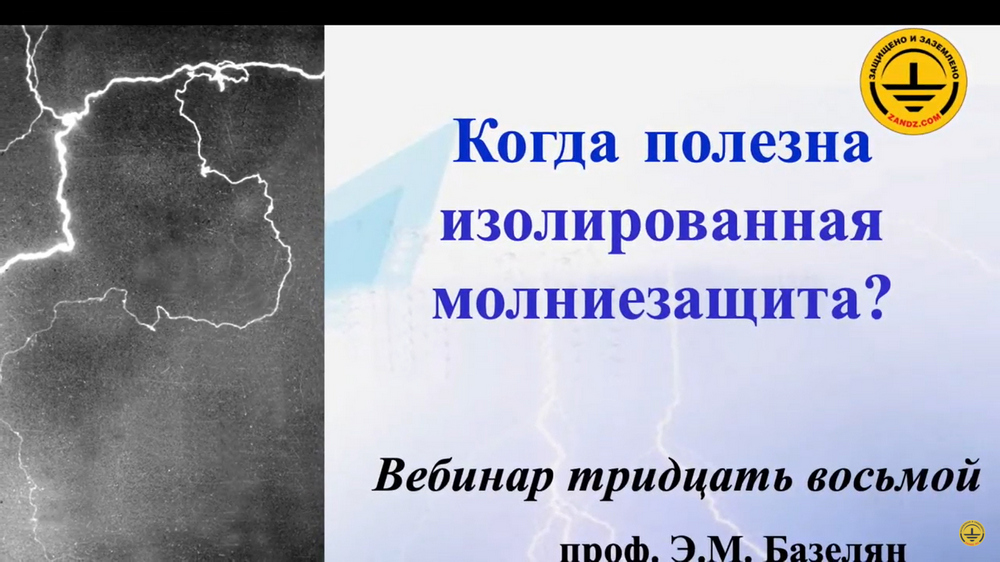01.07.15 ,
Depending on the type, destination and possible consequences of a lightning strike, the objects refer to different classes (levels) of protection. And depending on the duration and thunderstorm activity in the location of the building or structure, the category of lightning protection is determined.
The first thing to be determined at the calculation and design of lightning protection system is to what class and category the object belongs to. For your convenience, we present your attention two tables from the authorising documents industry standard 153-34.21.122-2003 and AD 34.21.122-87.

Examples of objects classification according to the industry standard 153-34.21.122-2003:
| Object | Object type | Lightning strike consequences |
| Usual | Residential house: | Failure of electrical installations, fire and property damage. Usually small damage of objects located at the site of a lightning strike or hit by its channel |
| Farm | Initially - fire and hazardous voltage, and then - loss of power with the risk of death of animals due to the failure of the electronic ventilation system, feed delivery system, etc... | |
| Theater; school; department store; sports facility | Failure of power supply (eg, light) that can cause panic. Failure of fire alarm system, causing a delay of fire-prevention measures | |
| Bank; insurance company; commercial office | Failure of power supply (eg, light) that can cause panic. Failure of the fire alarm system, causing a delay of fire-prevention measures. Loss of communication means, computer crashes with data loss | |
| Hospital; kindergarten; home for elderly people | Failure of power supply (eg, light) that can cause panic. Failure of the fire alarm system, causing a delay of fire-prevention measures. Loss of communications, computer crashes with data loss. Need to help seriously ill and immobile people | |
| Industrial companies | Additional effects, depending on the conditions of production - from minor damage to great damage due to production losses | |
| Museums and archaeological sites | Irreparable loss of cultural values | |
| Special with limited risk | Means of communication; power stations; flammable manufacturs | Invalid violation of public services (telecommunications). Indirect fire danger to neighboring facilities |
| Special, presrnting danger for direct environment | Refineries; gas stations; production of firecrackers and fireworks | Fires and explosions inside the facility and in the immediate vicinity |
| Special, dangerous for the environment | Chemical plant; nuclear power plant; biochemical factories and laboratories | Fire and failure of equipment with harmful consequences for the environment |
What levels of protection exist and what reliability from direct lightning strikes they provide, see here.
Zone types and protection categories according to AD 34.21.122-87:
| Buildings and structures | Location | Protection zone type at the use of rod and catenary wire lightning rods | Categories of lightning protection | |
| 1 | Buildings and structures or their parts, premises of which refer to the zones of classes B-I and B-II (explosive) according to the EIC. | On the whole territory of the USSR | Zone A | I |
| 2 | The same for classes of B-Ia,B-Iб, B-IIа (explosive) | In areas with an average duration of thunderstorms 10 hours per year or more | At the expected number of lightning strikes into buildings or structures per year N> 1 - Zone A; when N≤1 - Zone B | II |
| 3 | Outdoor facilities, creating zone of class B-Ir (explosive) in accordance with the EIC | On the whole territory of the USSR | Zone B | II |
| 4 | Buildings and structures or their parts, premises of which refer to zones П-I, П-II, П-IIа (fire hazardous) according to the EIC. | In areas with an average duration of thunderstorms 20 hours per year or more | For buildings and structures of I and II levels of fire resistance at 0.1 2- Zone A | III |
| 5 | Small rural structures of III - V levels of fire resistance, the premises of which refer to zones П-I, П-II, П-IIа (fire-hazardous) in accordance with the EIC. | In areas with an average duration of thunderstorms 20 hours per year or more, where N< 0,02 | - | III * |
| 6 | Outdoor facilities and open warehouses, creating zone П-III (fire hazardous) according to the EIC | In areas with an average duration of thunderstorms 20 hours per year or more | At 0.12 - zone A | III |
| 7 | Buildings and structures of III, IIIa, IIIb, IV, V levels of fire resistance, in which there are no premises, referred to areas of explosion and fire hazardous classes according to the EIC. | The same | At 0.12 - zone A | III |
| 8 | Buildings and constructions of light metal structures with combustible insulation (IVa level of fire resistance), in which there are no facilities, referred to the zones of explosion and fire hazardous classes according to the EIC. | In areas with an average duration of thunderstorms 10 hours per year or more | At 0.12 - zone A | III |
| 9 | Small structures of III-V levels of fire resistance, located in rural areas lacking premises referable to the zones of explosion and fire classes according to the EIC. | In areas with an average duration of thunderstorms 20 hours per year or more for III, IIIa, IIIb, IV, V level of fire resistance at N <0,1, for IVa level of fire resistance at N <0,02 | - | III * |
| 10 | Buildings of processing centers, including those located in urban area | In areas with an average duration of thunderstorms 20 hours per year or more | Zone B | II |
| 11 | Livestock and poultry buildings and structures of III-V levels of fire resistance: for cattle and pigs for 100 heads and more, for sheep for 500 heads or more, for poultry for 1000 heads or more, for horses for 40 heads and more | In areas with an average duration of thunderstorms 40 hours per year or more | Zone B | III |
| 12 | Smoke and other pipes of enterprises and boilers, towers and garrets for all purposes 15 m and higher | In areas with an average duration of thunderstorms 10 hours per year or more | - | III ** |
| 13 | Residential and public buildings with a height of more than 25 meters higher than the average height of surrounding buildings within the radius of 400 m, as well as freestanding buildings taller than 30 m distant from other buildings of more than 400 m | In areas with an average duration of thunderstorms 20 hours per year or more | Zone B | III |
| 14 | Freestanding residential and public buildings in rural areas higher than 30 meters | The same | Zone B | III |
| 15 | Public buildings of III-V degrees of fire resistance of the following purposes: kindergartens, schools, boarding schools, hospitals, dormitories and dining rooms of health and recreation facilities, cultural-educational and entertainment establishments, office buildings, railway stations, hotels, motels and campgrounds | The same | Zone B | III |
| 16 | Public entertainment facilities (auditoriums of outdoor cinema, grandstands of outdoor stadiums, etc.) | The same | Zone B | III |
| 17 | Buildings and facilities, which are monuments of history, architecture and culture (sculptures, obelisks, etc.) | The same | Zone B | III |
In paragraphs marked * and ** it is necessary to take into account some special features. More details on a separate page.
Design lightning protection in a right way! Take part in our online events with the participation of the leading industry experts and get valuable knowledge at first hand!
See also:
Related Articles:
.png)




